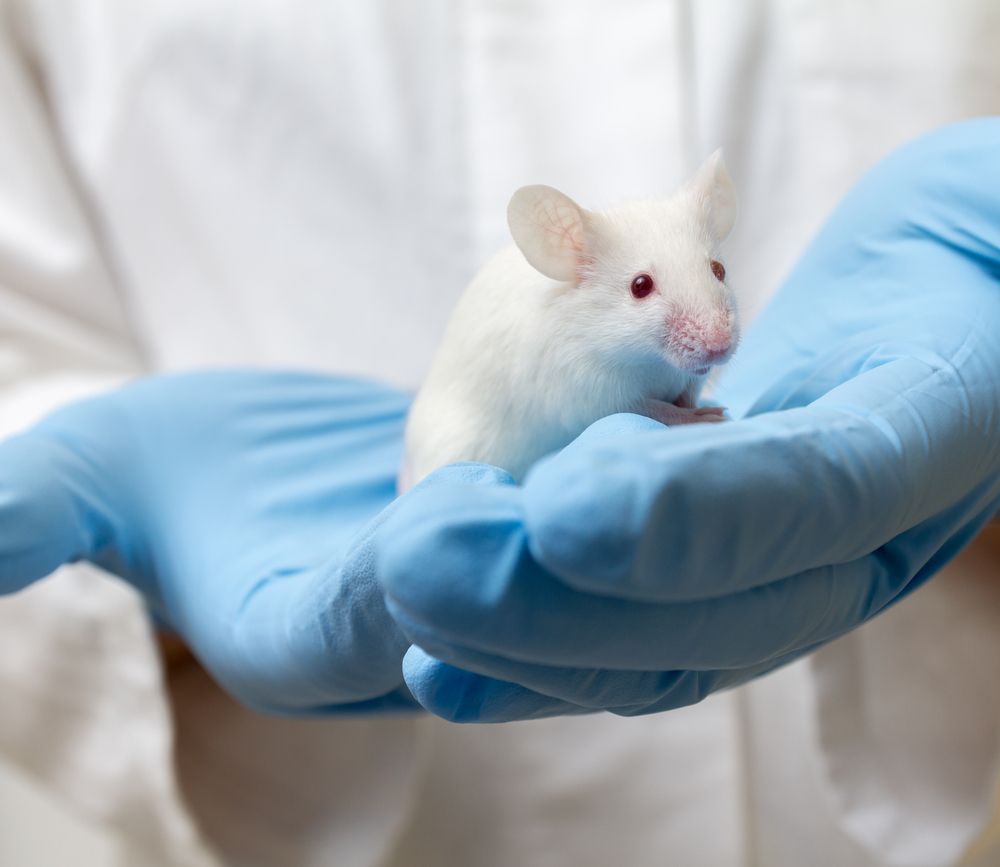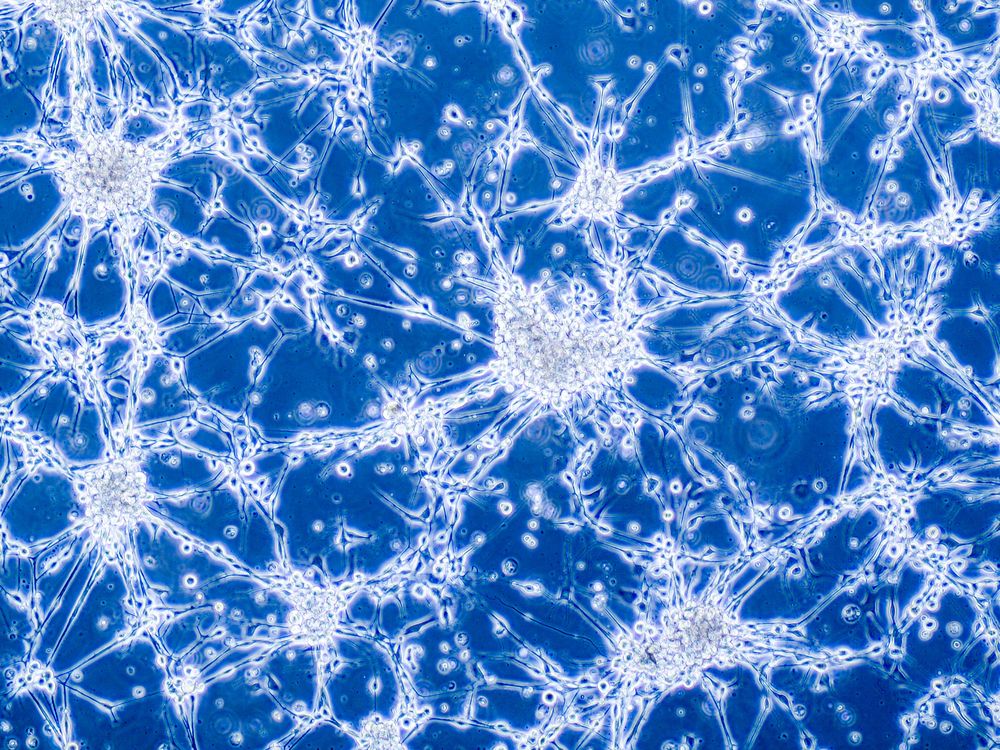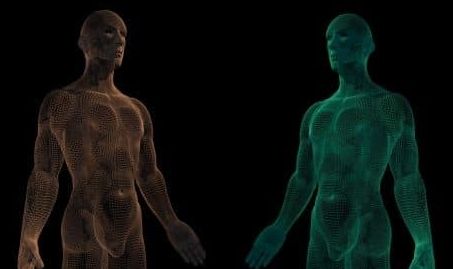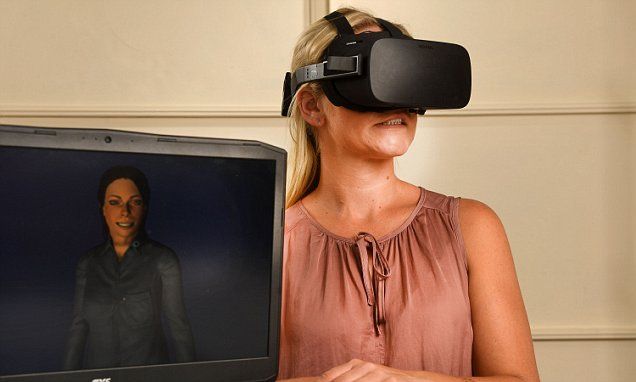Interesting results in mice but don’t jump on the bandwagon yet.
Fisetin is a naturally occurring plant polyphenol from the flavonoid group, similar to quercetin. It is present in many plants, where it acts as a colouring agent. It is also found in many fruits and vegetables, such as strawberries, apples, persimmons, onions, and cucumbers.
It has also been found to be a senolytic compound able to clear senescent cells, at least it does in vitro studies in a petri dish[1]. The clearance of dysfunctional senescent cells is one of the repair based approaches proposed by the SENS Research Foundation to prevent or reverse age-related diseases.
Before you jump on the bandwagon
We see this every time a new compound or supplement is in the news: people rush out to buy it before sufficient research has been done. We should be cautious here, and before we spend our hard-earned money on yet another supplement, we should be mindful that there is no evidence that fisetin has a senolytic effect in mice other than in cell cultures.







